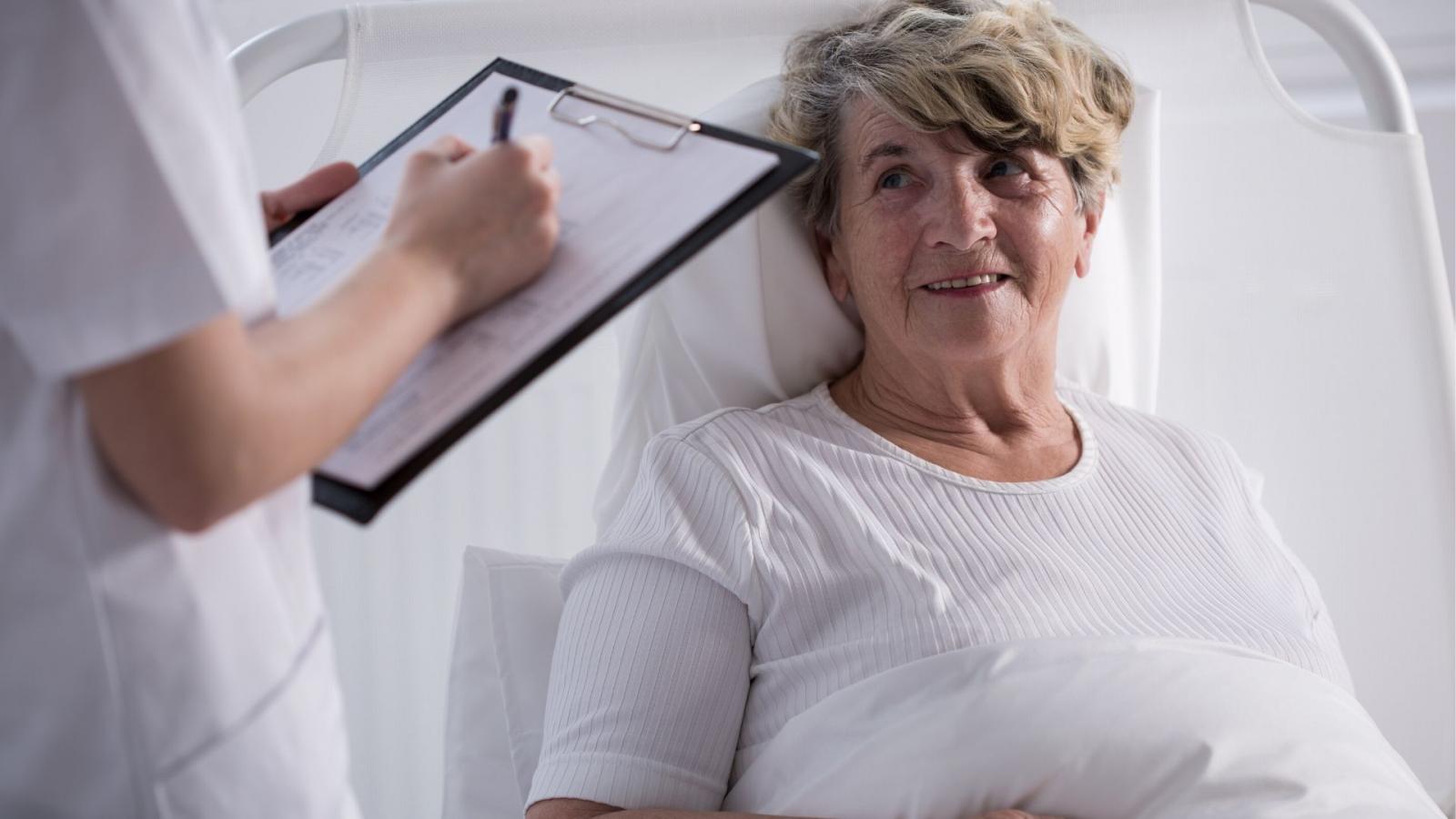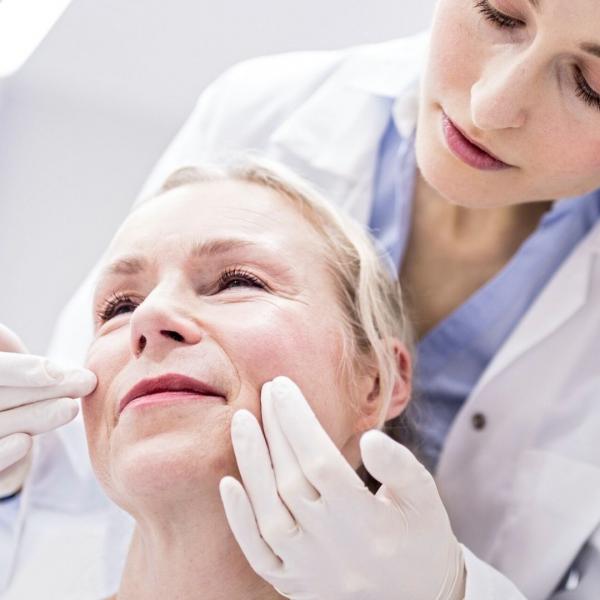Photodynamic therapy (PDT)

Photodynamic therapy is a treatment using a light-sensitive cream and a light to kill cancer cells.
It works well in the treatment of superficial skin cancers like Bowen’s disease, solar keratoses or superficial basal cell cancers. It is not suitable for deep skin cancers as the light cannot reach far enough into the skin.
Getting PDT
Any scales or crusts on the tumour are first removed from your skin. Then the cream is placed on the lesion and nearby skin. This cream contains a drug called 5-aminolaevulinic acid (ALA). The cream will make your skin very sensitive to light, so it will be covered with a dressing to protect it. It will take about 3 to 4 hours for the drug to be absorbed by the cancer cells.
After several hours, the dressing is removed and a special light is shone on the treated area. This usually lasts around 15 minutes. The light will activate the cream and so kill the cancer cells. The cream does not destroy the healthy skin cells. Cooling sprays and cold air fans can help to relieve any discomfort you may feel during treatment. Occasionally a local anaesthetic is used.

Daylight PDT
This type of PDT uses daylight as the light source. The cream is applied to the skin for 30 minutes followed by a longer exposure time of about 2 hours. It is useful for certain body sites but may be restricted by weather conditions.
After PDT
Once the treatment is over, a dressing or scarf or hat is put on the area to protect it from light until the end of the day. You may be advised to keep the dressing dry for 1–3 days. After that you can bathe and shower as normal but remember to treat the area gently. A scab will form and eventually fall off, leaving healthy skin in place with no scar.
For more information
Phone
1800 200 700



